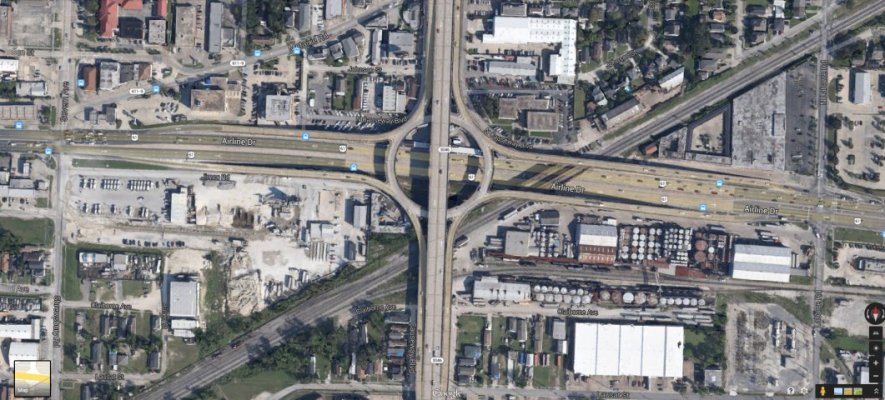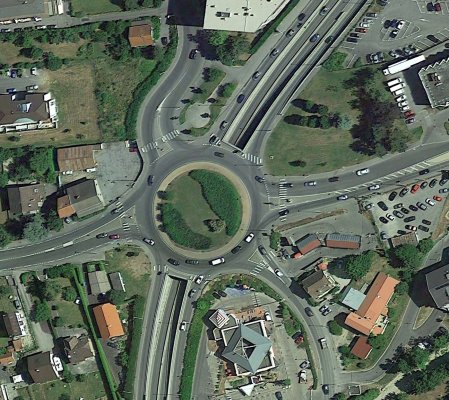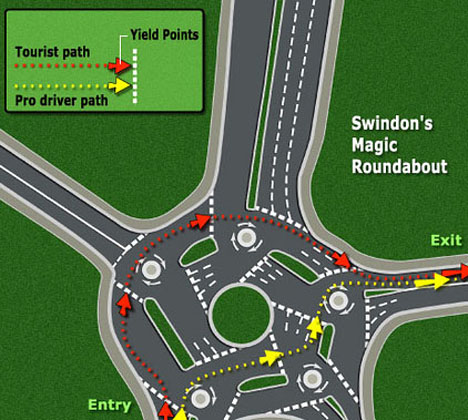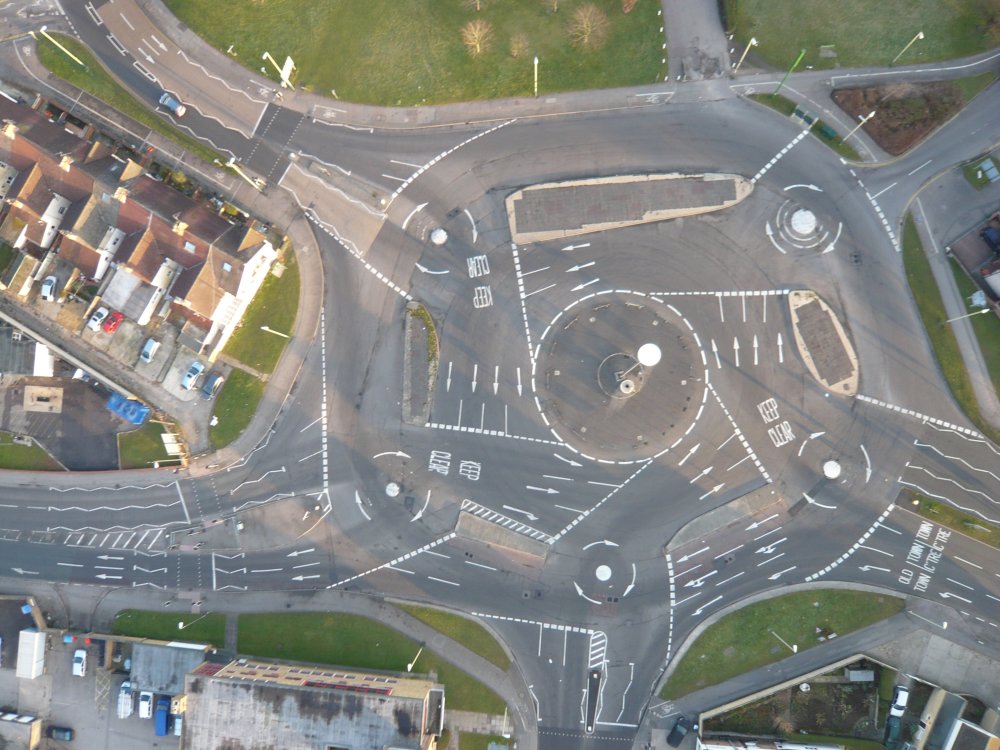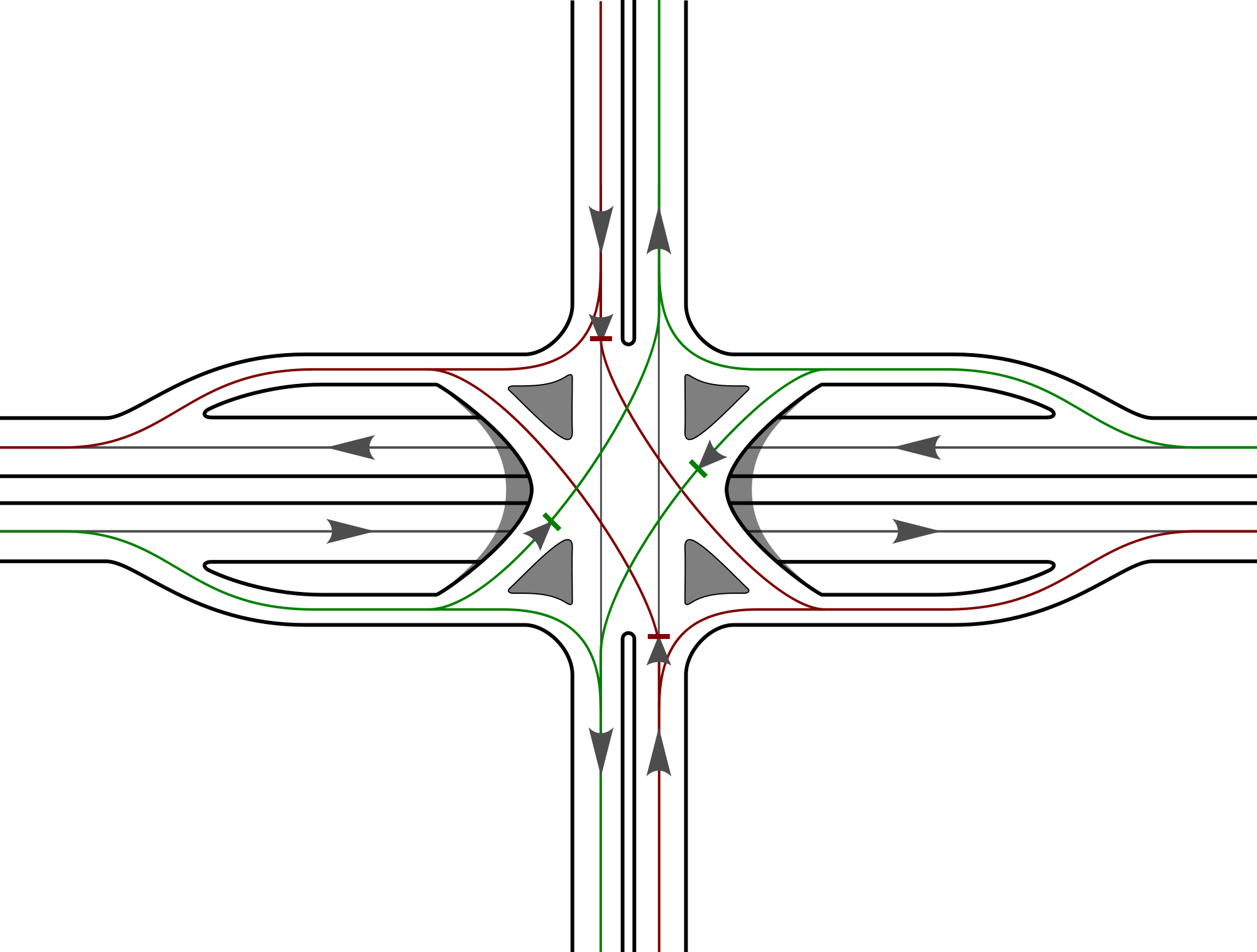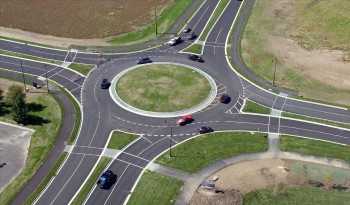I also love them. Even worse than newbie/hesitant drivers [are] the governments that don't know how to use the circles/roundabouts--our old town had one with stop signs on some of the entry points and, in one solitary instance, a stop or yield sign for the person in the circle.That is, of course, where someone failed to yield and plowed into my wife's car, which had the right-of-way entering the circle. In any normal situation, they were doing the right thing; they just didn't know the "special" rules for that particular circle....
(Still have fond memories of the Traffic Circle in Long Beach in the late 80's)
Count me among those that like roundabouts. But I also agree that there are people who have no clue how to navigate them. Was behind one a couple of days in a shopping center and the person in front of me in the circle stopped and let somebody in at each access point. uggg.
Lived in Europe a couple of times now and they're everywhere and pretty easy to navigate. But compared to here in Austin, the circles are larger and multi-lane and everybody knows you're supposed to signal when you're exiting the circle. Here in Austin they're small and are mostly being used as "traffic calming devices" to slow down speeders through residential areas..

